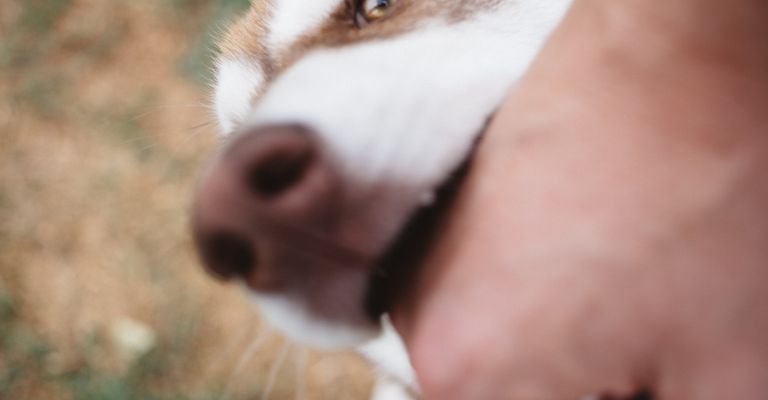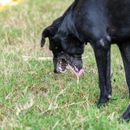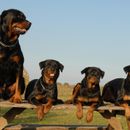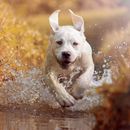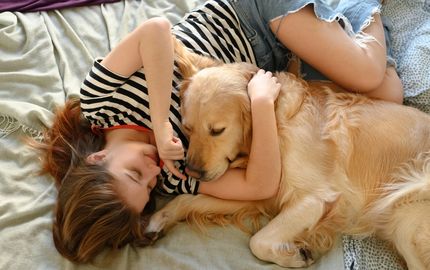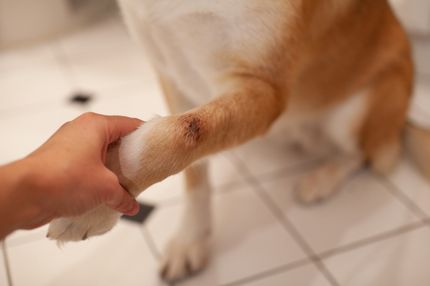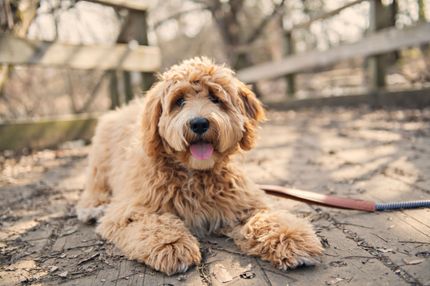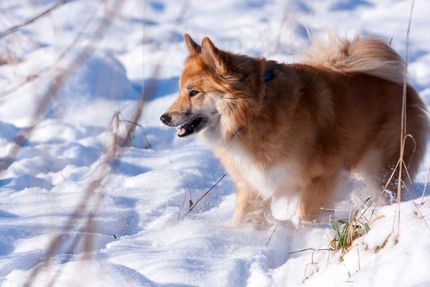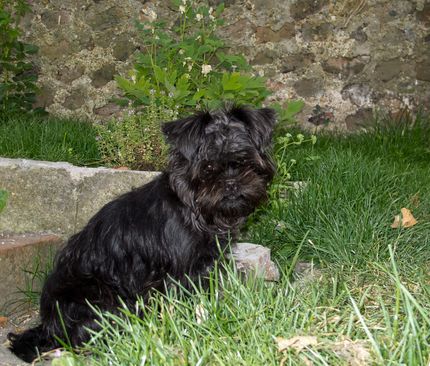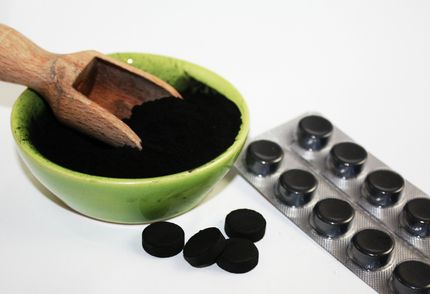If your dog snaps at you when he doesn't like something, it can seem frightening and discouraging at first. But it's important to understand that this is a behavior that can be corrected. In this article, we'll look at the possible causes of this behavior and then offer you practical tips on how to stop it.
Dogs communicate in a variety of ways, including body language, vocalizations and yes, sometimes snapping. When your dog snaps at you, it's a clear sign that something isn't right. But before we rush to judgment, it's important to understand why he's behaving this way. This behavior is not synonymous with aggression. Rather, your dog is trying to tell you something. Our goal is to understand and redirect this behavior in order to promote a positive relationship between you and your dog.
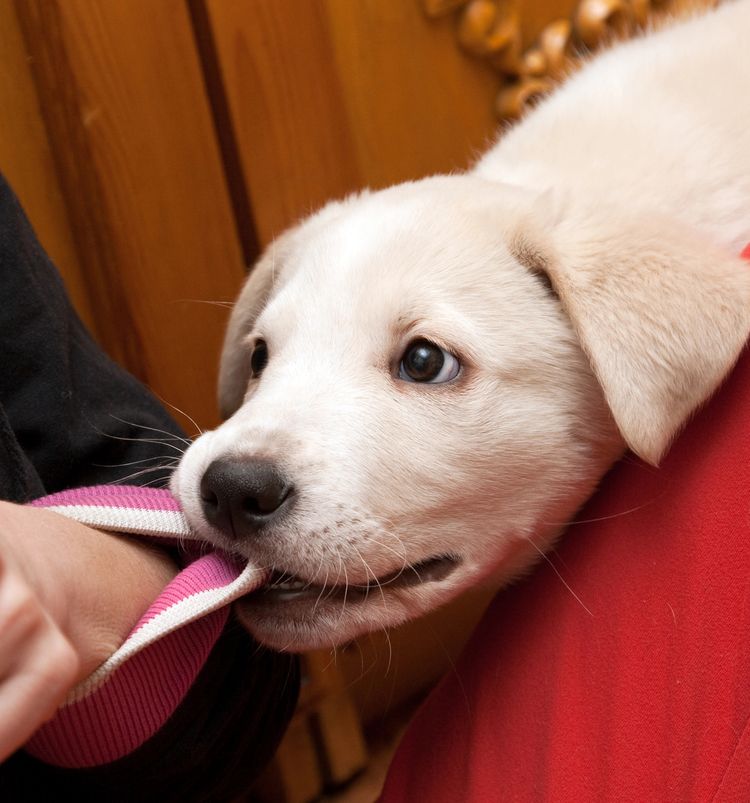
Reasons why your dog may snap at you
The reasons why dogs snap are varied and often deeply rooted in their emotions or experiences. A better understanding of these causes can help to find appropriate solutions and change the behavior in the long term.
Frustration or fear
Dogs experiencing frustration or anxiety may express their dissatisfaction or stress by snapping. These emotions can be triggered by various situations, such as
- Being overwhelmed in new or noisy environments: Noise, agitation or simply the presence of many unfamiliar people or animals can overwhelm a dog.
- Restriction of freedom of movement: Being on a leash, especially if it is kept short and the dog wants to move freely, can cause frustration.
- Unmet basic needs: Boredom, lack of mental and physical stimulation or neglect of daily routines can lead to frustration.
Pain or discomfort
A dog that is experiencing pain or discomfort may snap to communicate its discomfort. This can be due to a number of factors:
- Illness or injury: Acute or chronic pain, which is not always apparent at first glance, can be a reason for snapping.
- Aging: Older dogs may suffer from osteoarthritis or other age-related ailments that cause discomfort.
- Sensitive areas: Certain areas of the body could be particularly sensitive, whether due to a previous injury or general sensitivity.
Resource defense
Snapping as a means of defending resources is an instinctive behavior that is part of the dog's nature. Resources can be
- Food and treats: especially in dogs that have experienced hunger in the past or have grown up in an environment with food competition.
- Toys and places to lie down: Objects or places that the dog considers his property may be defended, especially if he associates them with positive experiences.
- People: In some cases, dogs may also view people as their resources and try to "protect" them from other people or animals.
Insufficient socialization
Inadequate socialization in the first few months of a dog's life can lead to insecurity and anxiety in new situations. This includes:
- Lack of contact with other dogs and people: Lack of positive interactions can result in dogs not learning to interpret social cues correctly.
- Limited experience with environmental stimuli: Limited exposure to different environments, sounds and situations can lead to hypersensitivity and anxiety.
Lack of boundaries
Dogs that lack clear rules and boundaries can develop behavior problems, including snapping. This can happen for a variety of reasons:
- Inconsistent or lack of training: if a dog doesn't know what is expected of them, or if the rules are constantly changing, this can lead to confusion and frustration.
- Overindulgence: Dogs that are used to always getting their way can react aggressively when boundaries are set.
By understanding these causes, dog owners can develop more targeted and effective strategies to correct their dog's snapping and promote a healthy, happy relationship.
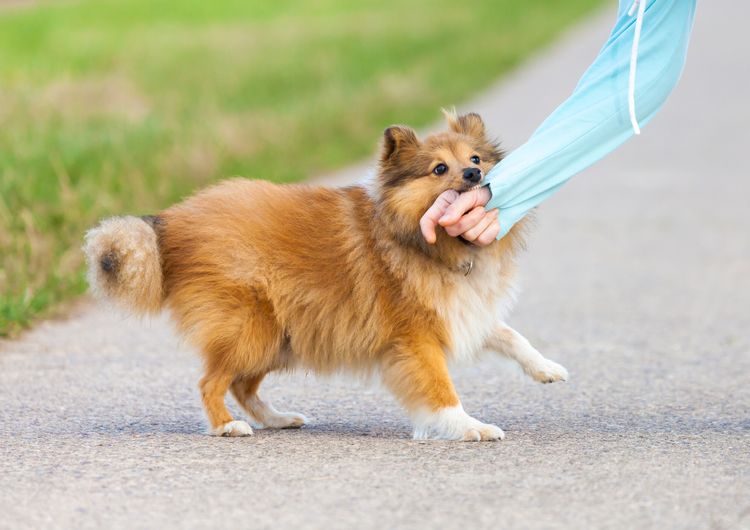
Tips for stopping the behavior
Stopping snapping in dogs requires patience, understanding and a consistent approach. Here are more detailed strategies that can help you correct this behavior and build a stronger bond with your dog.
Understand the triggers
The foundation for correcting your dog's snapping behavior is understanding the triggers. Careful observation of your dog in different situations can give you valuable insights. Pay attention to patterns: does your dog snap in certain situations, with certain movements or in the presence of certain objects or people? Recognizing these triggers is crucial as it allows you to develop targeted strategies to help your dog modify his reactions. This may mean avoiding certain situations until your dog is better prepared for them, or gradually implementing desensitization exercises to reduce their stress or anxiety in these situations.
Set consistent boundaries
Consistency is the key to successfully training your dog. It's important that your dog understands what is expected of them and what behaviors are acceptable. This means setting clear rules and following them consistently. For example, if your dog learns that snapping is never an acceptable response, but positive behaviors are rewarded instead, he will be more inclined to repeat the desired behavior. Consistency also helps to avoid confusion that can arise when boundaries are unclear or inconsistent.
Positive reinforcement
Positive reinforcement is a powerful way to shape your dog's behavior. By rewarding positive behavior - be it with treats, toys, praise or petting - you increase the likelihood that this behavior will be repeated. Positive reinforcement not only promotes healthy communication between you and your dog, but also builds trust and strengthens your bond. If your dog understands that good behavior has positive consequences, he will be more motivated to perform that behavior instead of snapping.
Avoid physical punishment
Physical punishment can exacerbate the problem of snapping by encouraging fear, stress or even aggression. It's important to understand that physical punishment not only affects your dog's well-being, but can also damage your relationship. Instead of resorting to punishment, focus on positive training methods that help your dog learn and reinforce desired behaviors without causing fear or aggression.
Seek professional help
Sometimes the challenges of snapping are complex and require the support of a professional. Professional dog trainers or behavior specialists have the knowledge and experience to develop individualized training plans tailored to your dog's specific needs and behavioral issues. They can also provide valuable insight into your dog's behavior and show you techniques that you may not have considered. The decision to seek professional help is a sign of responsibility and commitment to your dog's welfare.
By using these strategies and focusing on a positive, supportive approach, you can help your dog overcome snapping and develop more balanced behavior. It's a process that takes time, patience and consistency, but the rewards - a stronger, healthier relationship with your dog - are worth it.
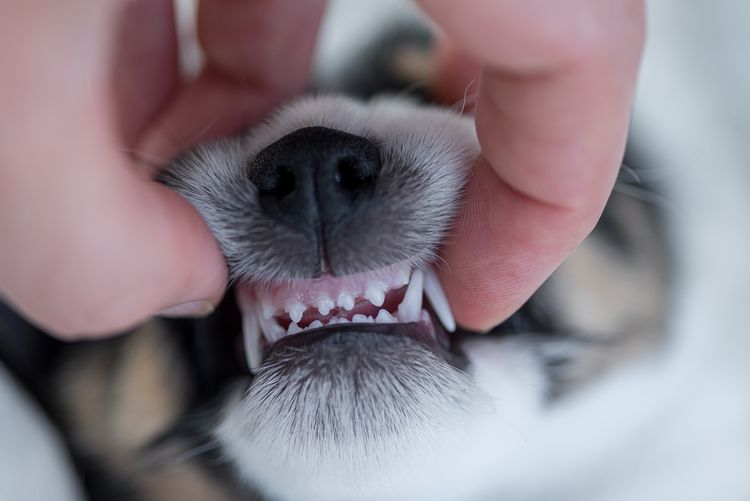
By understanding the causes of your dog's snapping and proactively working on solutions, you can build a stronger and more positive relationship with your four-legged friend. Remember to be patient and consistent; with time and effort, you can help your dog learn and practice better behaviors.
